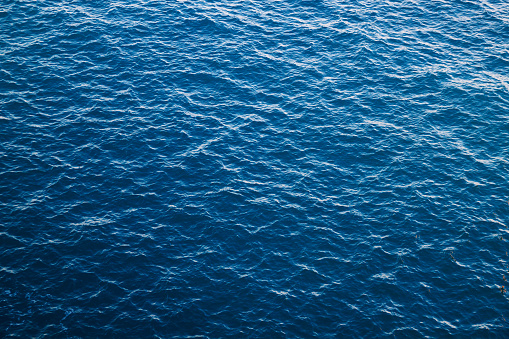Animating water as a CGI or a practical effect is never easy. It’s especially difficult as a practical miniature set but not impossible.
There’s a way to achieve it with only minimal trial and error.
One word: Moiré.
The Moiré Effect is a well known interference problem when fine lines in textures collide with TV scan lines. Most people are trying to get rid of it in their work. See the link below for a more in-depth explanation of Moiré:
https://wp-modula.com/what-is-moire/
But for the practical FX artist, Moiré is another tool of the trade – in this case, to animate undulating waves in a controlled way that doesn’t look jumpy, the way realtime water behaves when shot at various frame rates.
You will have to build a rig and it works like this:
The water surface is a sheet of clear Plexiglass, overlayed with a Moiré inducing fabric.
They sell the fabrics on Google.
Below that surface sheet of Plexiglass is another Moiré inducing fabric that is incrementally moved in the desired direction of the water flow.
The fabrics should not match. The lower fabric should be of a larger Moiré pattern to pronounce the waves.
Below the Plexiglass and fabric “sea” is where a photographer’s white backdrop paper is laid evenly on the floor. That white paper acts as the diffusing reflector for the lighting.
Lights are placed on opposing sides of the white paper in order to under-light the “sea” with bounced, diffused light.
Gaffers color gels on the lights are used to tint the color of the “sea” blue, green or combinations thereof, depending on how the gels are arranged.
During photography, the Moiré fabric in the depths, meaning not the surface fabric, is incrementally animated one equidistant unit per frame recorded to create the illusion of water flow.
Scale, fabric patterns and increments will take some trial and error to successfully pull off the sea effect in-camera.
If you want any sea-going vessels on the water, the Plexiglass and fabrics rig will have to be reconfigured so the Plexiglass is on the surface with the hull of the model removed at the water line.
After some experimentation, you’ll pull off the practical effect, rather than settling for static, unrealistic water.
